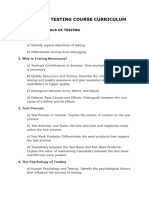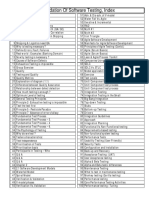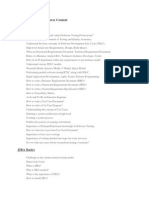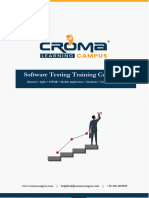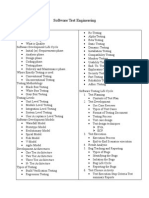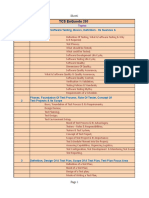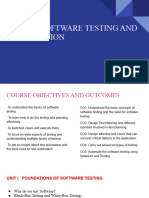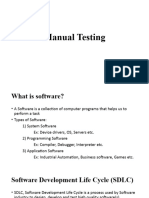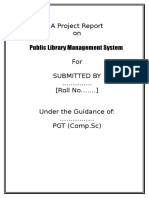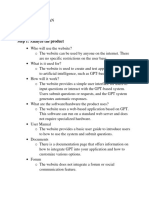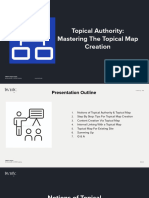0% found this document useful (0 votes)
41 views3 pagesContent
The document provides an overview of different topics related to software testing including manual testing, automation testing, test levels, test plans, defect management, agile methodologies, API testing, database testing, core Java concepts and development tools.
Uploaded by
santhosh guggillaCopyright
© © All Rights Reserved
We take content rights seriously. If you suspect this is your content, claim it here.
Available Formats
Download as DOCX, PDF, TXT or read online on Scribd
0% found this document useful (0 votes)
41 views3 pagesContent
The document provides an overview of different topics related to software testing including manual testing, automation testing, test levels, test plans, defect management, agile methodologies, API testing, database testing, core Java concepts and development tools.
Uploaded by
santhosh guggillaCopyright
© © All Rights Reserved
We take content rights seriously. If you suspect this is your content, claim it here.
Available Formats
Download as DOCX, PDF, TXT or read online on Scribd
/ 3

